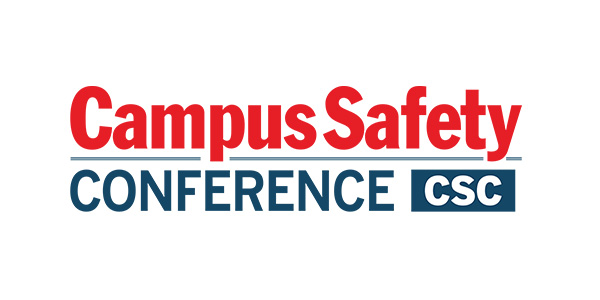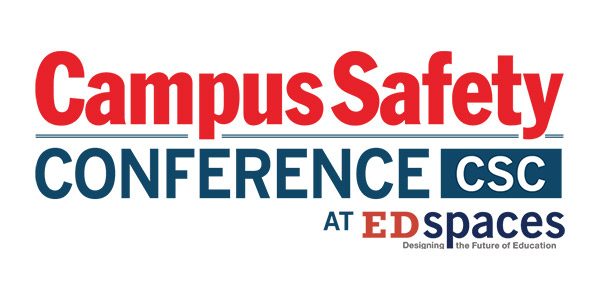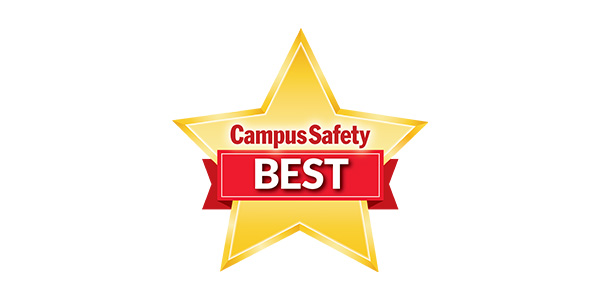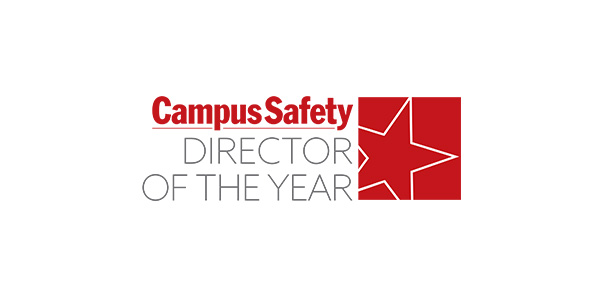In today’s schools, safety cannot rely solely on locked doors, surveillance cameras, or the occasional emergency drill. True school safety is a culture—one built through daily vigilance, consistent training, and a proactive mindset shared by every adult and student in the building.
From de-escalation techniques to structured threat assessments, schools must be ready to respond not just to crises—but to the signals and systems that can prevent them.
This article explores six key pillars of proactive school safety and how each one contributes to building a culture of care, prevention, and preparedness.
1. De-Escalation: The Front Line of Prevention
Too often, we associate school safety with security personnel. Yet, many critical incidents are preceded by tense encounters between students, parents, or staff—situations that can be defused long before they escalate into emergencies. This is why every employee needs basic de-escalation training.
RELATED: Dealing with Difficult People: 10 Tips for Defusing Toxic Situations
From teachers and receptionists to custodians and aides, all school personnel should be equipped to handle tense moments with calm, non-threatening communication, active listening, and clear boundary-setting. De-escalation empowers staff to respond proactively during emotionally charged situations—whether it’s a student experiencing a mental health crisis or an irate parent demanding unauthorized access.
The key is to view de-escalation not as a security tactic, but as a communication tool that builds trust, models positive behavior, and reduces the chance of violence before it begins.
2. The Often-Ignored Risk: Maintenance and Security Logs
Behind many security failures lies a simple, overlooked problem—a broken door latch, a nonfunctioning camera, or a poorly lit entryway. These seemingly small issues can be exploited in an instant. That’s why routine maintenance reporting and security logs are crucial for sustaining a safe environment.
RELATED: The Crucial Role of Facilities Management in School Emergency Planning
When schools implement consistent tracking of facility issues and suspicious activity, they transform passive observation into actionable safety measures. These logs provide data that can reveal patterns, support funding requests, and alert leadership to systemic vulnerabilities.
This system also reinforces accountability. When everyone—from custodians to administrators—feels responsible for facility safety, the school becomes a more secure and well-maintained environment.
3. Recognizing Early Warning Signs: Prevention Through Awareness
Most violent acts or behavioral crises don’t occur in a vacuum. They’re preceded by behavioral changes, often subtle, that indicate distress, isolation, or anger. These early warning signs—sometimes referred to as behavioral “leakage”—are often visible to staff and peers long before an incident occurs.
Educators and school staff are ideally positioned to notice these red flags, which may include sudden social withdrawal, fixation on violence, erratic behavior, or verbalized threats. But noticing isn’t enough—staff must also feel empowered and trained to report their concerns without fear of overreacting.
Fostering a culture where reporting is encouraged—and never penalized—creates an environment of care, not suspicion. It’s not about labeling students; it’s about recognizing when someone may need help.
4. Threat Assessment: Structured, Compassionate Intervention
Recognizing warning signs is only the first step. What follows is threat assessment—a structured process to evaluate and manage potentially harmful behaviors before they lead to violence or harm.
Effective school threat assessments are conducted by multidisciplinary teams—administrators, mental health professionals, SROs, and educators—who gather context, assess intent, and determine appropriate interventions. Rather than focusing on prediction or punishment, threat assessments prioritize care, confidentiality, and support.
Understanding whether a threat is transient (a moment of anger) or substantive (a credible danger) enables schools to act wisely, not reactively. This model allows troubled students to receive the help they need while keeping the wider school community safe.
5. Extending Safety Beyond the Bell: After-Hours and Outdoor Events
School safety doesn’t stop when the last period ends. In fact, after-hours events and outdoor activities present some of the most complex challenges. Large crowds, open access, and reduced staffing make these moments vulnerable to disruption, emergencies, or even targeted attacks.
RELATED: Security Planning for Graduation Ceremonies
Securing these events requires intentional planning:
- Pre-event site assessments
- Controlled entry and exit points
- Clear communication channels for staff and volunteers
- Emergency response plans tailored to each type of gathering
Volunteers, coaches, and event staff should be briefed on safety procedures and empowered to report concerns or act quickly if problems arise. A few minutes of preparation can prevent confusion—or worse—when something unexpected happens.
6. Creating a Culture of Proactive Safety
All of these strategies work best when they’re part of a unified culture of safety—a shared belief that everyone has a role to play. In schools with strong safety cultures:
- Staff are trained, attentive, and communicative
- Students feel safe reporting concerns
- Leadership reinforces prevention, not just response
- Facilities are well-maintained and routinely inspected
- Mental health is addressed alongside physical security
Such a culture cannot be built overnight. It requires leadership, consistency, and buy-in from the entire school community. But when schools shift from a reactive mindset to one of proactive care, safety stops being a box to check—and becomes a value everyone upholds.
Safety as a Shared Mission
In a world of evolving threats, one truth remains: the strongest school safety systems are rooted in human awareness, communication, and collaboration. From a teacher recognizing a cry for help, to a custodian fixing a loose door hinge, to a student reporting a peer’s troubling behavior—proactive safety is the work of many hands.
RELATED: See Something Say Something: Tips Thwarted 6 School Shooting Plots This Month
As school leaders, educators, and safety professionals, our job is not just to respond to crisis—it is to build an environment where crisis becomes less likely. Through training, systems, and culture, we can create schools that are not only safe, but strong, supportive, and prepared for whatever challenges may come.
Lt. Joseph Pangaro is a PASS K-12 subject matter expert on school security and a member of Campus Safety’s board of experts.
NOTE: The views expressed by guest bloggers and contributors are those of the authors and do not necessarily represent the views of, and should not be attributed to, Campus Safety.







